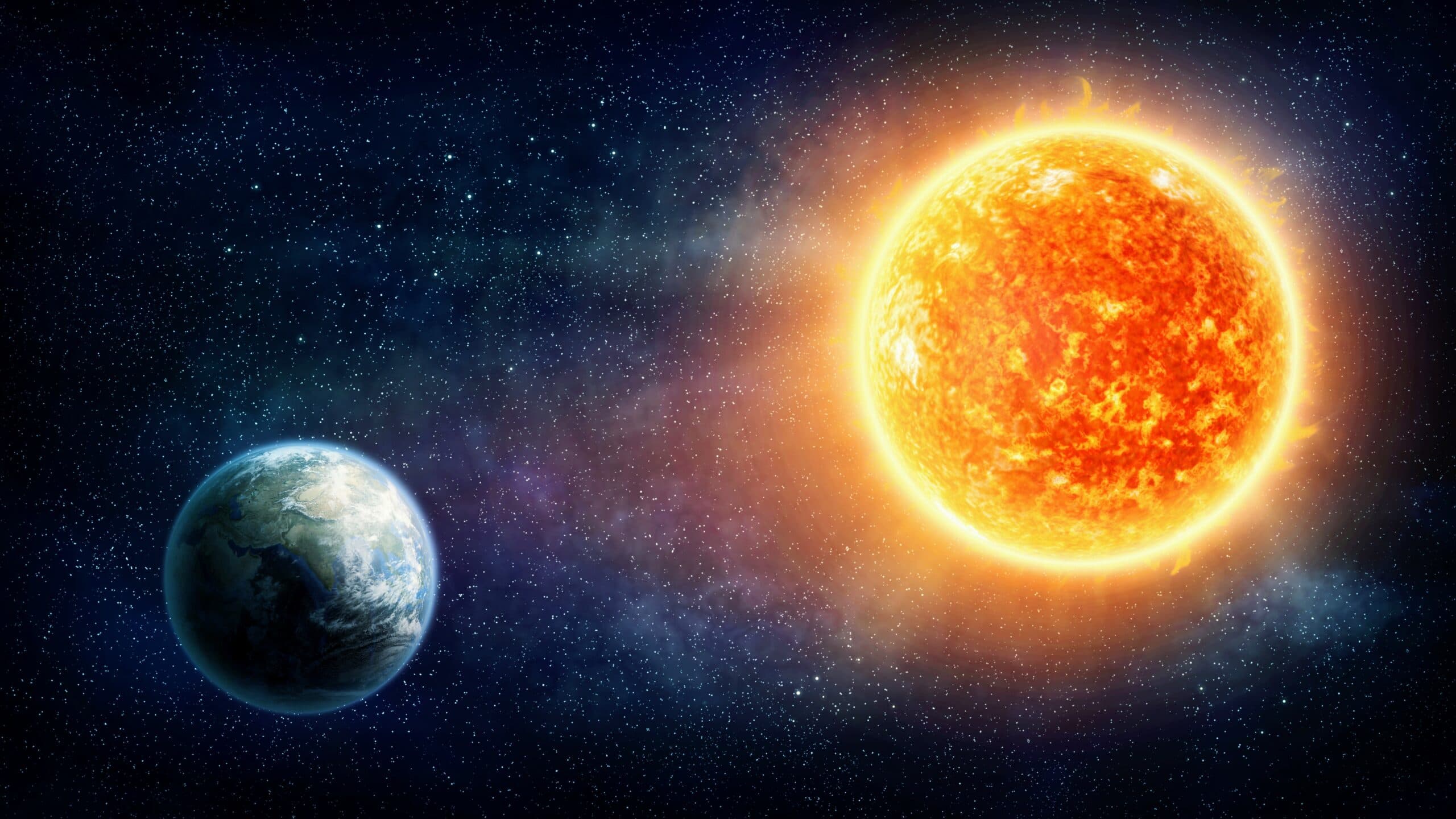
For the very first time, a spacecraft has "touched" the sun
NASA has sent a spacecraft, the Parker Solar Probe to the outer reaches of the sun’s atmosphere – the corona – where it spent five hours. This is the first time a spacecraft has come so close to the sun.
Study first author Justin C. Kasper is the deputy chief technology officer at BWX Technologies and a professor in the Michigan Institute for Research in Astrophysics at the University of Michigan.
“This marks the achievement of the primary objective of the Parker mission and a new era for understanding the physics of the corona,” said Kasper. “The concept of sending spacecraft into the magnetized atmosphere of the sun – sufficiently close that the magnetic energy is greater than both ion and electron kinetic and thermal energy – predated NASA itself,”
In 2018, NASA launched the Parker Solar Probe in an effort to gain better understanding of the sun, including its gravitational and magnetic forces that control solar winds.
“We have been observing the sun and its corona for decades, and we know there is interesting physics going on there to heat and accelerate the solar wind plasma. Still, we cannot tell precisely what that physics is,” said Nour E. Raouafi of the Johns Hopkins University Applied Physics Laboratory (JHU/APL).
“With Parker Solar Probe now flying into the magnetically-dominated corona, we will get the long-awaited insights into the inner workings of this mysterious region.”
Gary Zank, a co-investigator on the probe’s Solar Wind Electrons Alphas and Protons (SWEAP) instrument said that it’s hard to overstate the significance of both the event and the observations made by Parker Solar Probe.
“For over 50 years, since the dawn of the space age, the heliospheric community has grappled with the unanswered problem of how the solar corona is heated to well over a million degrees to drive the solar wind,” said Zank.
“The first measurements of the sub-Alfvénic solar wind may represent the most major step forward in understanding the physics behind the acceleration of the solar wind since the formative model by Parker. This event is what many heliophysicists have dreamed about for most of their careers!”
The results were presented in a press conference at the American Geophysical Union Fall Meeting 2021 and published in the journal Physical Review Letters.
—
By Zach Fitzner, Earth.com Staff Writer












